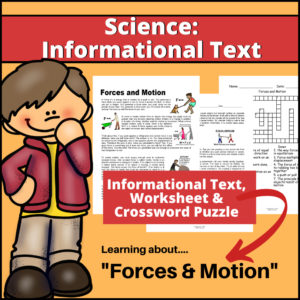Showing 81–100 of 138 resultsSorted by latest
-
 $2.00Buy Now
$2.00Buy NowParts of a Volcano – Nomenclature Cards – This resource will help students learn and study the various parts of a volcano: ash cloud, magma, parasitic cone, lava & ash layers, side vent, crater, pyroclastic flow, lava flow, volcanic bombs, main vent, and magma chamber.
-
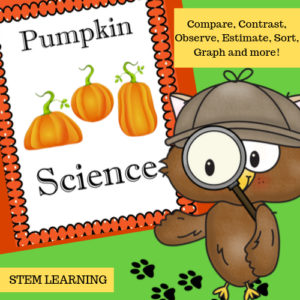 $3.00Buy NowPumpkin Science has several fun, hands-on activities that ask students to compare, contrast, observe, estimate, count, sort, investigate, graph and much more…Students can even create a Pumpkin Science Journal or use pages as notebooking pages.See more about this product in the description below.
$3.00Buy NowPumpkin Science has several fun, hands-on activities that ask students to compare, contrast, observe, estimate, count, sort, investigate, graph and much more…Students can even create a Pumpkin Science Journal or use pages as notebooking pages.See more about this product in the description below. -
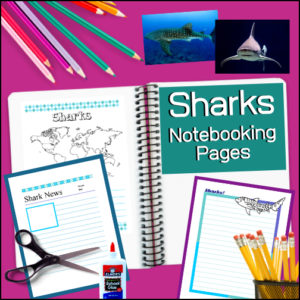 $4.50Buy Now
$4.50Buy NowThere are over 500 known species of sharks in the world! Most students love studying sharks and this unit has been created to help students record the knowledge they learn during a study on sharks as well as personal reflections of what has been learned.
This resource includes:
- – Creating a Notebooking Project…What is Notebookiing?
- – Supply list
- – Teacher pages
- – Student organizational pages
- -‘Jump off’ Questions designed to get students thinking about the different shark related questions they can research
- – 32 Notebooking pages
Notebooking is a coined term for what can also be referred to as educational journaling or scrapbooking.
-
 $5.00Buy Now
$5.00Buy NowYour students will enjoy this cross-curricular resource, Winter Weather Unit – Forms of Precipitation, as they learn about the different forms of precipitation and related vocabulary! Students will be engaged in vocabulary work, spelling, handwriting, sentence identification, comparing / contrasting and more.
16 weather-related vocabulary words: precipitation, rain, drizzle, freezing rain, snow, sleet, hail, atmosphere, moisture, droplets, snowflake icy, crystals, frozen, updraft, and evaporation.
In this resource, you get:
- Word Wall cards
- Types of Precipitation Posters
- Weather Worksheets (both Language Arts & Science)
- Precipitation Mini-Book
- Puzzles
-
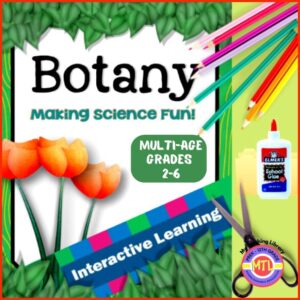 $10.00Buy Now
$10.00Buy NowGive students an engaging way to learn about plants with this interactive, project based resource. Designed to be used for multiple ages and grades, 2nd-6th grades, students will learn about plants:
- – classification
- – photosynthesis
- – the plant cell
- – parts of the plant
- – things plants need to grow
- – the life cycle of a plant
- – plant leaves
- – different types of plants (non-flowering, carnivorous, poisonous)
-
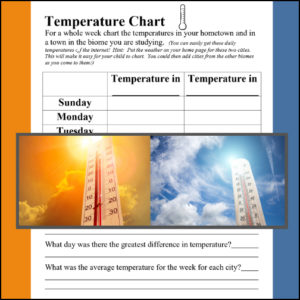 $1.25Buy Now
$1.25Buy NowA biome is a large geographical area that contains distinct plant and animal groups which are adapted to live in that environment. There can be many different habitats in a biome. Some major biomes are tundra, taiga, grasslands, deciduous forest, fresh water, desert, alpine, rainforest and ocean. When studying a specific biome, use this temperature comparison chart to record the temperature in the student’s hometown and the biome of study for a week! (Use again and again with each biome studied)
Science meets Geography
-
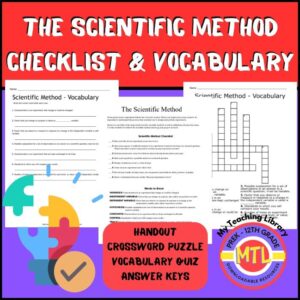 $2.50Buy Now
$2.50Buy NowBefore students begin a science project, it’s important to know important vocabulary and understand the process scientists use to design and perform experiments. This resource includes:
- Handout with a scientific method checklist (step-by-step process to follow)
- Seven vocabulary words with definitions
– Variables
– Independent variables
– Dependent variables
– Hypothesis
– Constants
– Control
– Trials - Vocabulary crossword puzzle (with key)
- Vocabulary quiz (with key)
To use again and again, laminate or place inside a sheet / page protector!
-
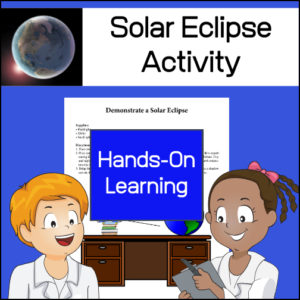 $1.50Buy Now
$1.50Buy NowHands on learning! A solar eclipse activity designed to help students visualize a solar eclipse through using common objects to actually demonstrate one.
-
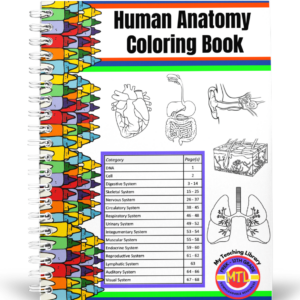 $9.75Buy Now
$9.75Buy NowThis 68-page anatomy coloring book has been designed for 5th-12th grade classrooms (Health, Science, Anatomy, Biology, Physiology).
Categories:
- DNA
- Cell
- Digestive System
- Skeletal System
- Nervous System
- Circulatory System
- Respiratory System
- Urinary System
- Integumentary System
- Muscular System
- Endocrine System
- Reproductive System
- Lymphatic System
- Auditory System
- Visual System
-
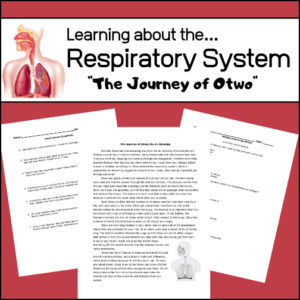 $2.00Buy Now
$2.00Buy NowStudents will learn about the respiratory system by following Otwo (the oxygen molecule) as he goes from bouncing around in the outside air into the human body! After reading the story, students will complete two worksheets (multiple choice and short answer) to access their understanding. Answer keys provided.
-
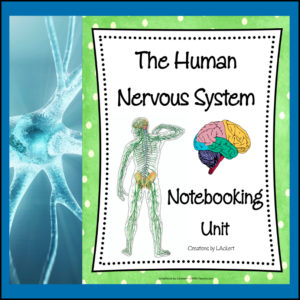 $5.00Buy Now
$5.00Buy NowThis BIOLOGY / HEALTH / ANATOMY / BODY SYSTEMS resource centers around the human nervous system and is a notebooking project unit. This interactive 56 page resource will require students to perform research and can be used independently or along side your curriculum.
-
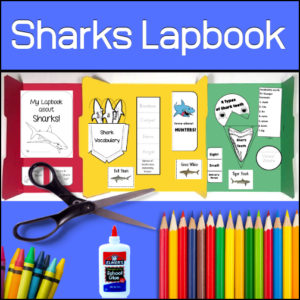 $5.00Buy Now
$5.00Buy NowDesigned to use with multiple age / grade levels, this 79 page Shark Lapbook resource will teach students about…SHARKS! By the end of project, students will not only have learned about sharks but will have a lasting project that they have created.
Included:
- – Basic Lapbooking instructions
- – 11 Informational pages on sharks (informational articles, diagrams, species specific details and more)
- – OVER 50 pages of templates and instructions on how to use the templates
- – Vocabulary with definitions
This can be a self-contained resource (using no other outside research materials) or students can do further research to learn even more!
See a product preview @ Sharks Lapbook Preview
-
 $2.00Buy Now
$2.00Buy NowThis resource will help students learn the 8 phases of the moon: new moon, waxing moon, first quarter, waxing gibbous, full moon, waning gibbous, last quarter and waning crescent.
-
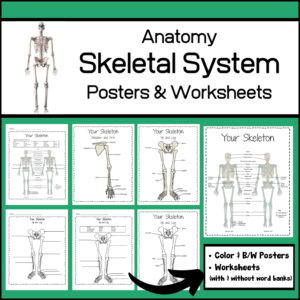 $3.00Buy Now
$3.00Buy NowThis ANATOMY / BIOLOGY / HEALTH resource includes 3 sets of human skeleton posters and worksheets to help you teach the names of major bones. Each set has a color poster (great for bulletin boards) and b/w poster (great for student handouts) and each worksheet comes with and without a word bank. Bones: Skull (cranial portion, facial portion), clavicle, scapula, sternum, ribs, vertebral column, hip bones (pelvic girdle), humerus, ulna, radius, carpals, metacarpals, phalanges, femur, patella, tibia, fibula, tarsals, metatarsals.
-
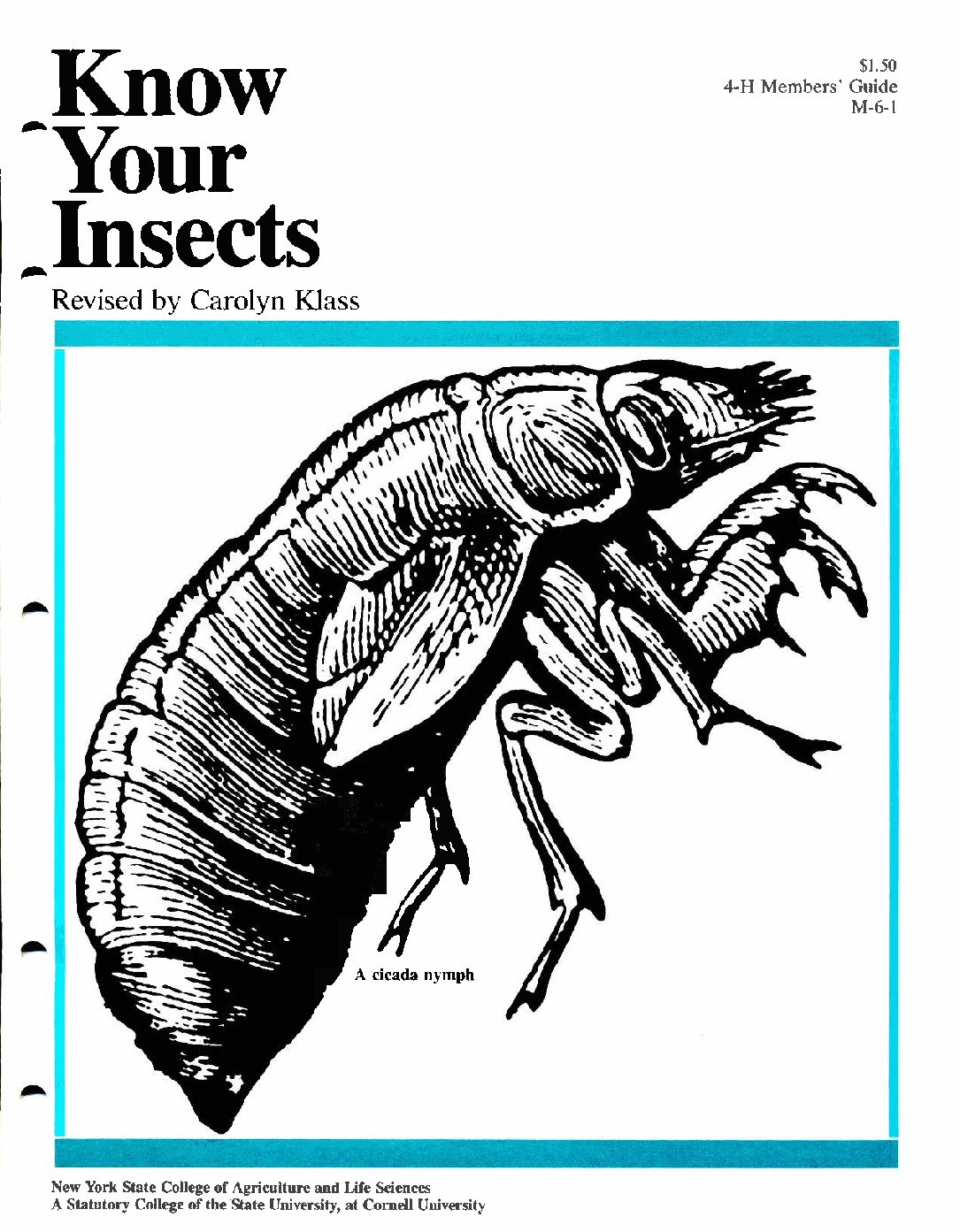 $1.00Buy Now
$1.00Buy NowThis is a small (15 page) old handout to help students learn basics about insects and how to mount them when creating an insect collection.
-
 $2.75Buy Now
$2.75Buy NowEasy-to-use, step-by-step, print-and-go guide for students to use as they learn to write a 5-paragraph essay! This nature-themed resource has a local bird focus and guides students as they research, observe and write about one bird species that lives in their local area.
This 3-page resource outlines paragraph by paragraph what to include and gives space for students to write detailed notes.
What will students learn and observe about a bird species before they begin writing?
– where the bird geographically lives
– habitat(s) where they are most likely found
– physical characteristics (coloring, markings, size, bill, feet)
– diet (herbivore, carnivore, omnivore) and where/how they find/gather their food
– predators and self-protection
– interesting factsPlus, this guide will encourage students to reflect on what they have learned.
Once completed, students will be able to take the guide and their notes and write amazing 5-paragraph essays!
Use once as one assignment for one bird of their choice or use again and again to create an entire collection of essays on local birds. Regardless of where you live, these pages will have students observing and learning about local birds.
-
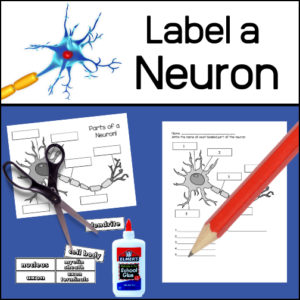 $2.00Buy Now
$2.00Buy NowThis resource is meant to help students learn and remember the basic parts of a neuron (dendrite, nucleus, cell body, myelin sheath, axon and axon terminals).
Includes:- – Poster
- – Center activity
- – 2 Student worksheets
- – Answer Key
-
 $1.00Buy Now
$1.00Buy NowThe resource is a 15 question quiz that will assess student understanding of the following structures / organelles of a plant cell: cell wall, mitochondria, chloroplast, cell membrane, vacuole, Golgi apparatus, lysosomes, rough endoplasmic reticulum w/ ribosomes, smooth endoplasmic reticulum, nucleus, nucleolus, peroxisome, cytoskeleton
-
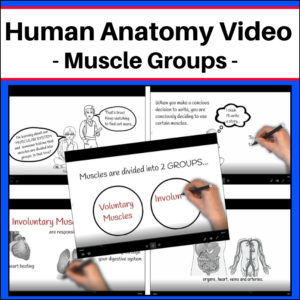 $4.99Buy Now
$4.99Buy NowHuman Anatomy – Muscle Groups Video has been created to introduce, explain and/or review voluntary and involuntary muscles in the human body. Each group is defined, explained and definitions given. This is great for visual learners!
To add student interest, one student is helping another student learn, interesting graphics have been added and upbeat music fills the background. (Music is easily muted if needed.)
Supporting Document: A worksheet (with answer key) that students can complete as they watch!


